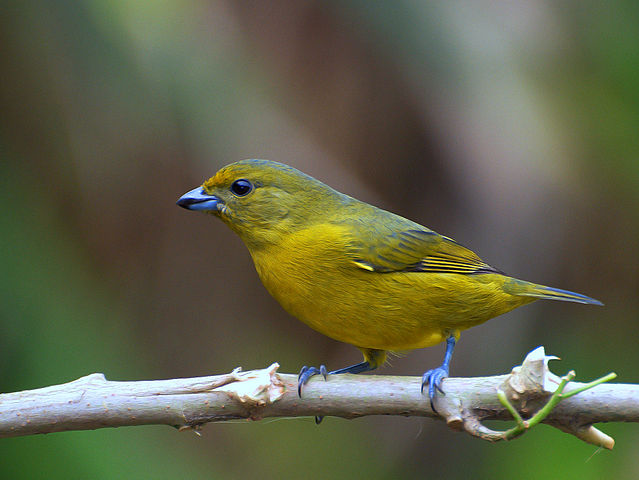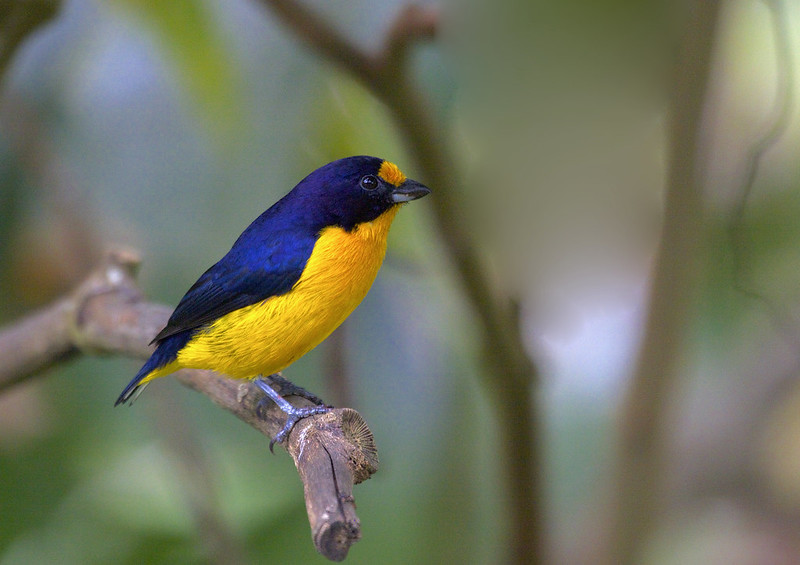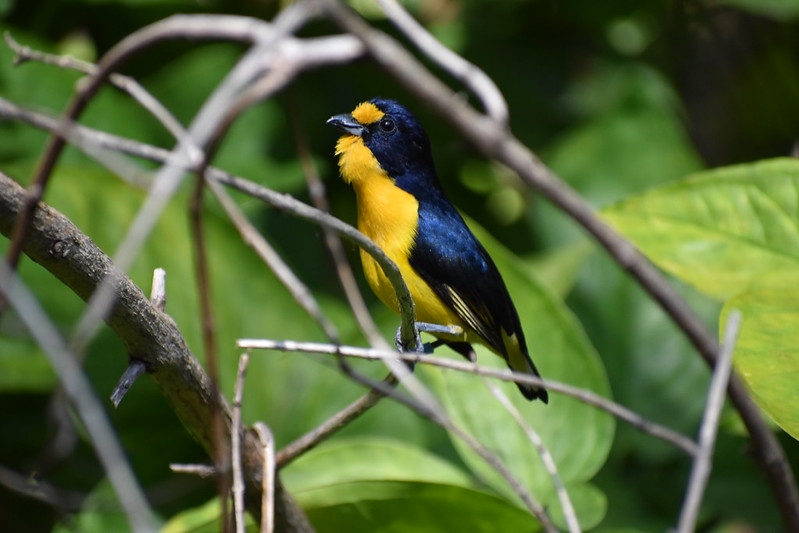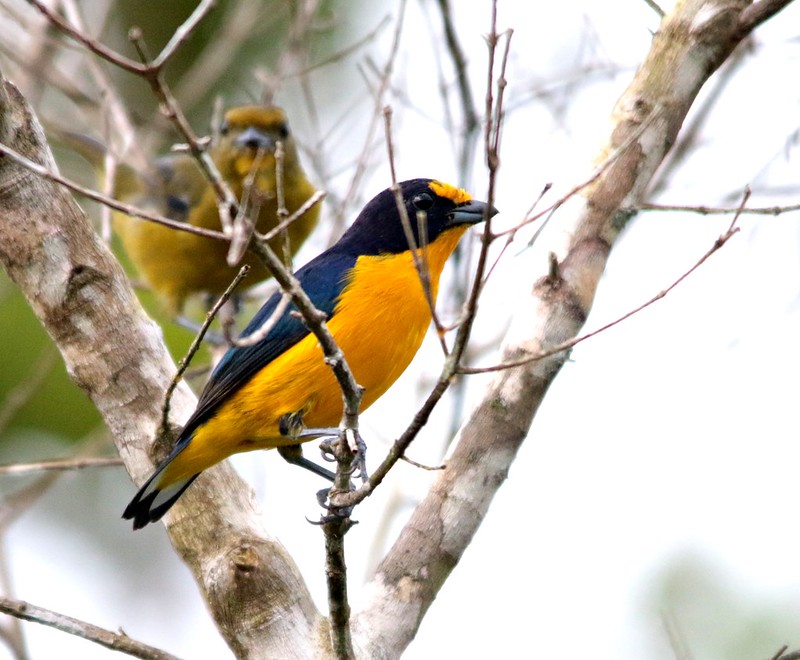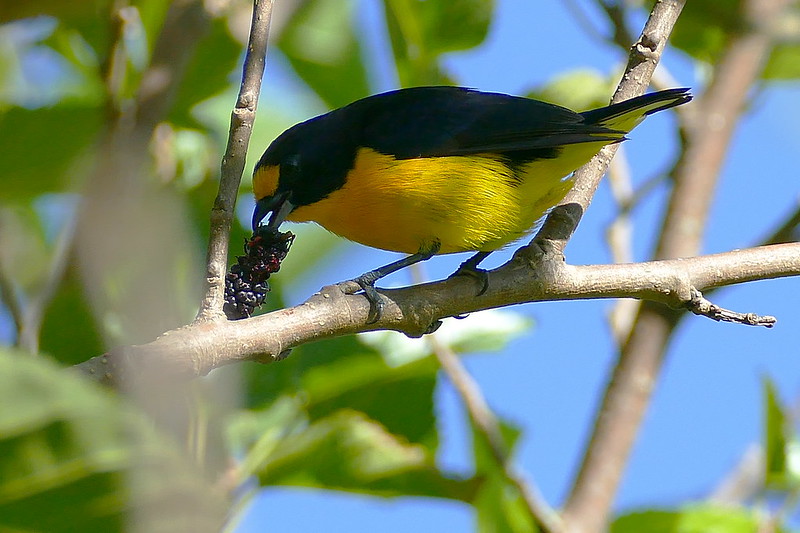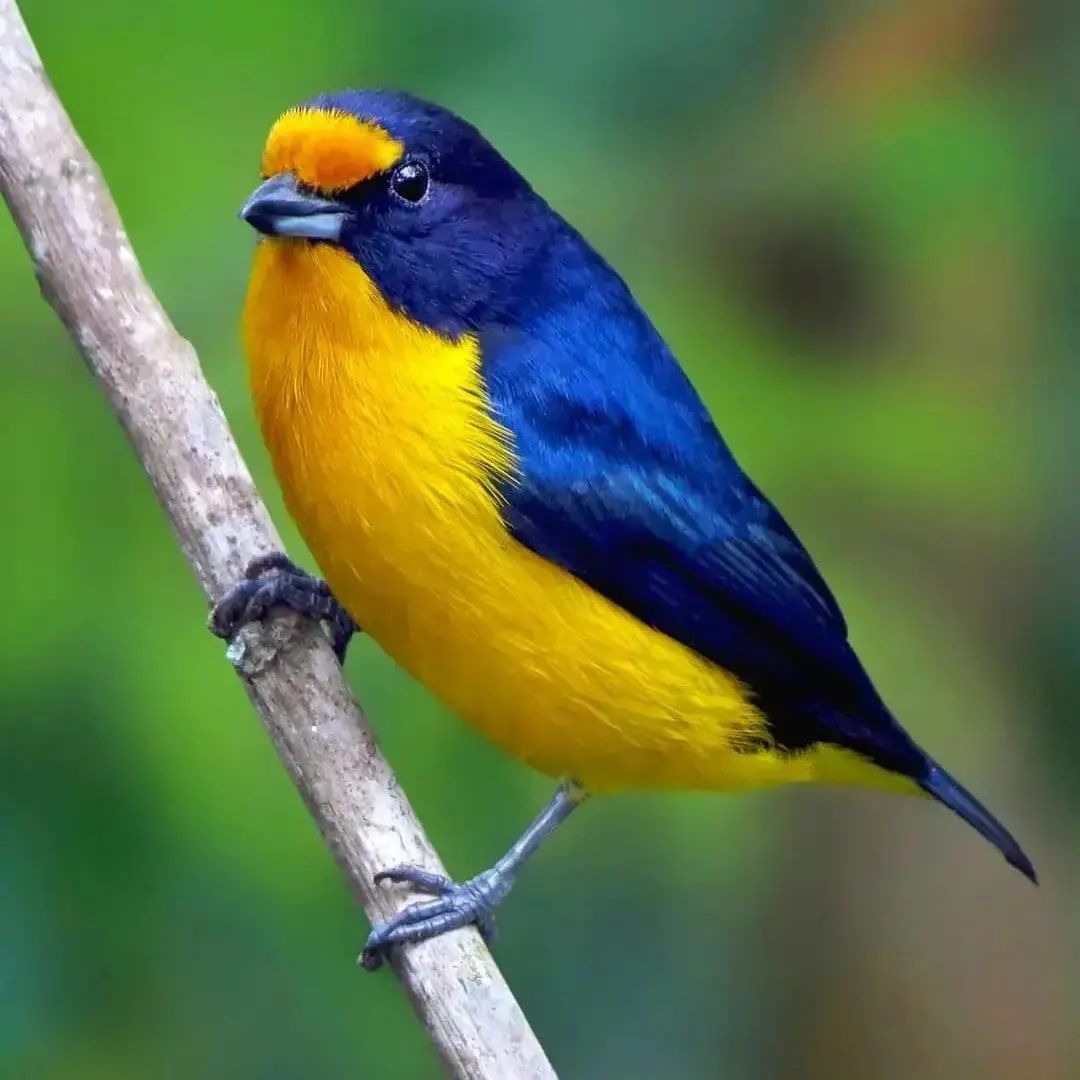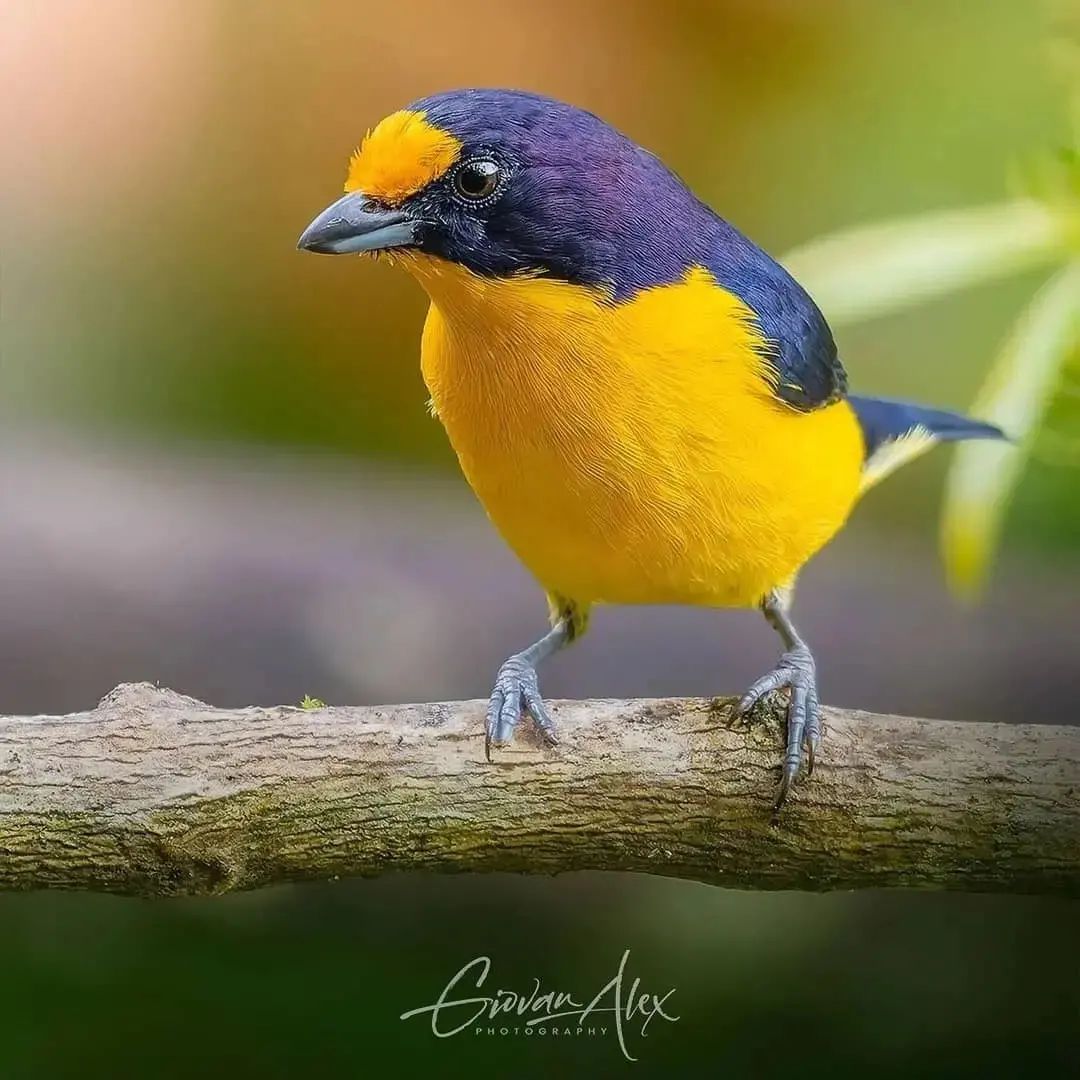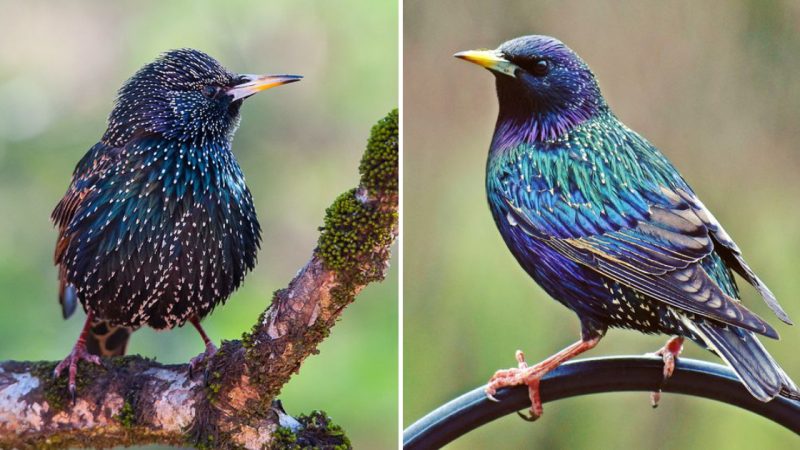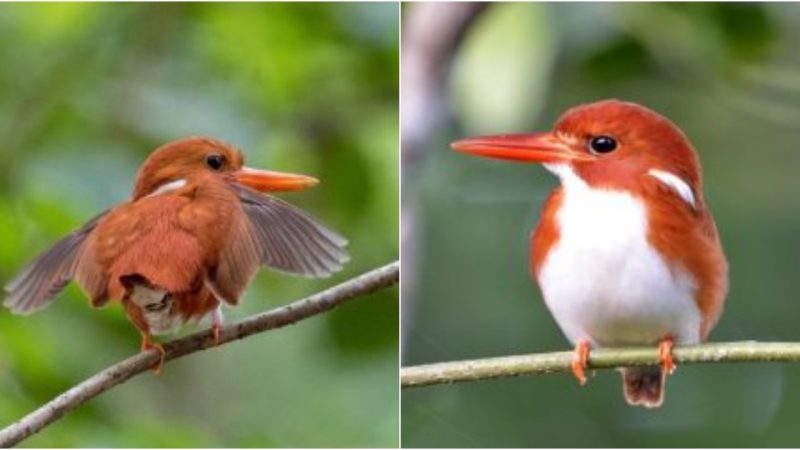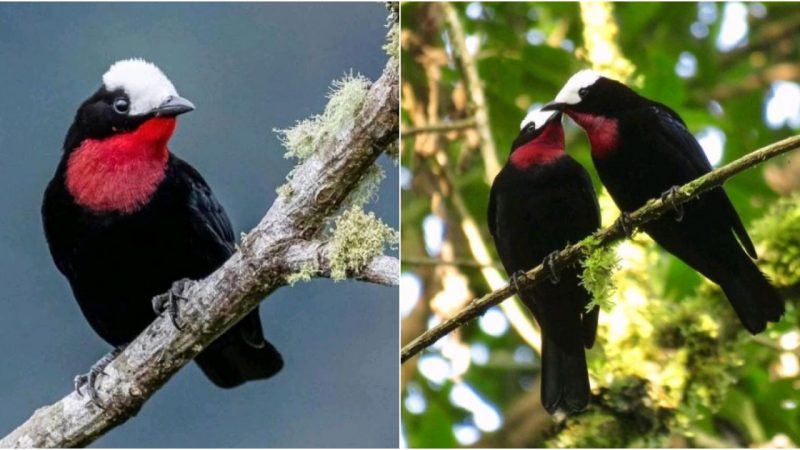The Striking Beauty of the Violaceous Euphonia: A Stunning Contrast of Colors in Nature
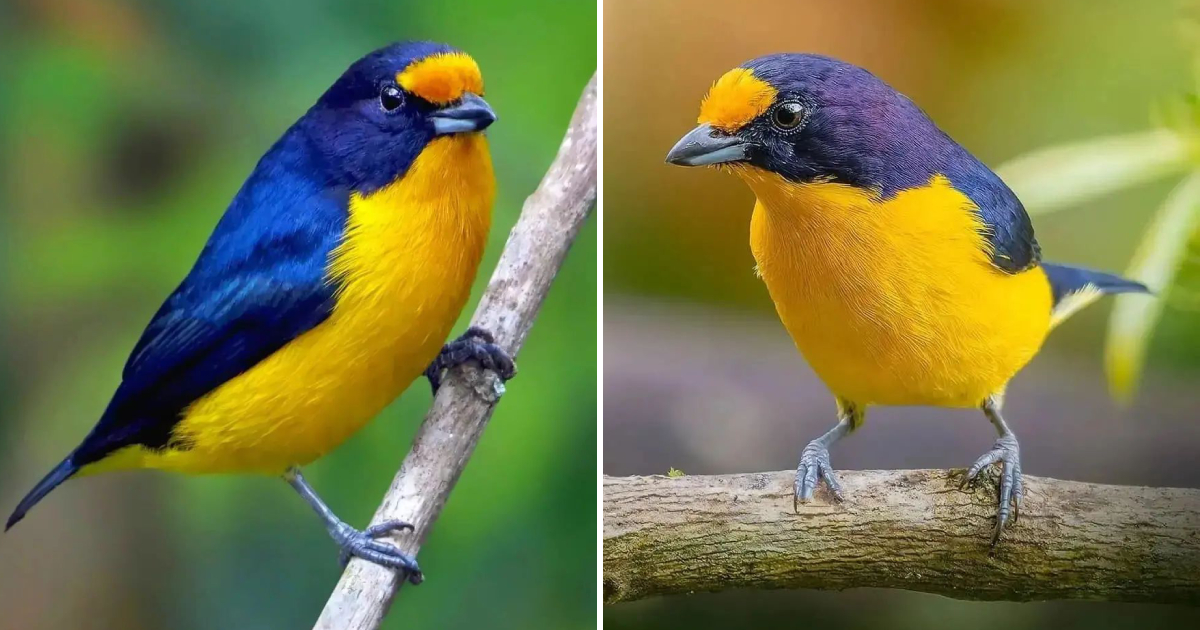
With its exquisite blend of vibrant yellow and glossy blue, the violaceous euphonia captivates the eyes with a striking contrast of colors. This bird possesses a preference for toxic prey, making it all the more intriguing.
Meet the Violaceous Euphonia
The violaceous euphonia (Euphonia violacea) is a small songbird belonging to the true finch family. Measuring a mere 4.5 inches in length and weighing only 0.5 oz, the male boasts a sleek, blue-black hue on its upper body, while its forehead and underparts shimmer with a deep golden yellow.
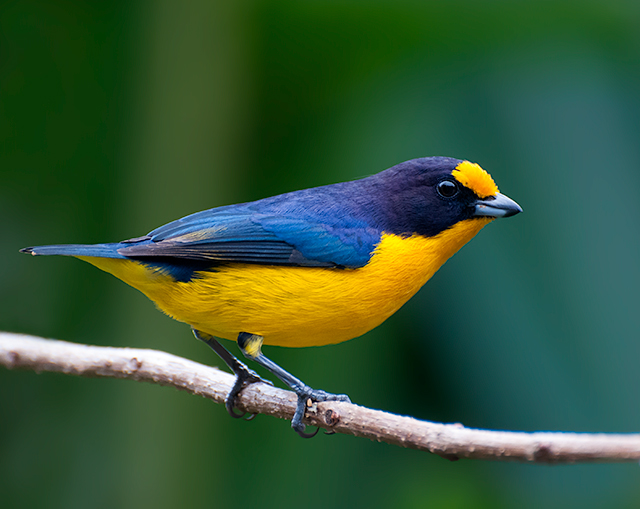
In contrast, the female of this species displays an olive green color on its upper body, with a more greenish-yellow shade on its lower regions. Juvenile violaceous euphonias bear a closer resemblance to the females rather than the males.
These birds are resident breeders found from Trinidad and Tobago, and eastern Venezuela, all the way to Paraguay and northeastern Argentina. Preferring to stay in one place, they inhabit forested areas as well as citrus and cocoa plantations.
Violaceous euphonias primarily feed on small fruits, occasionally supplementing their diet with insects. They have a particular fondness for mistletoe berries, and their digestive system is adapted to handle these toxic fruits.
Their nests are spherical in shape and are typically situated on banks, tree stumps, or within tree cavities. The female takes sole responsibility for incubating the clutch of 3-4 white eggs with red blotches until they hatch.
Although some members of the Euphonia genus are sought after as cage birds and face the threat of trapping, the violaceous euphonia benefits from its relatively inaccessible habitat.
Don’t forget to SHARE this article with your fellow bird enthusiasts and loved ones who appreciate the wonders of nature.
